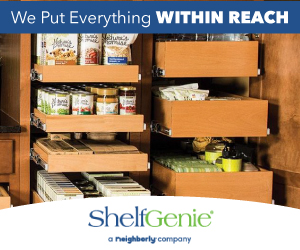Tree planting is a gift. It adds beauty. It provides shade. It generates oxygen. It can even increase your home’s resale value. But, getting all that means getting your tree started right. Here are three things you should know before you begin tree planting: picking, planting, and providing for it.
Tree planting starts with picking one
Choosing a tree is a matter of personal taste and timing. You also need to stay at least 15 feet away from the house, sidewalk or driveway and other trees. Plus, be sure to watch for power lines; most trees will grow to the height of power lines at maturity.
October through November is the best time for tree planting. Cooler temperatures and longer nights allow your tree to put down roots before the more demanding summer months come around. Fruit trees, however, should be planted in January or February.
The art of tree planting
All your tree planting project demands, besides the tree, is a shovel, tape measure, and a garden hose. Plus, strength and patience to dig a proper nest for your tree.
This is where the most common tree planting mistake often happens: only plant container trees deep enough for about two-thirds of the root ball. The remaining third should be above ground. Planting too deep can also deprive the root ball of oxygen.
Dig too narrow a hole and the root structure won’t be able to spread properly. As a rule of thumb, the hole should be at least three times the diameter of the root ball.
Tree planting means tree watering
Your new tree should be watered immediately upon planting. Plus, during its first season, at least once a week when there’s no rain—more often during summer. Don’t go overboard, though. Too much water can literally drown your tree.
To check that your tree is getting enough water, dig six to eight inches down at the hole’s edge. if the soil seems crumbly, the tree needs more water. If you can squeeze the soil into a ball, it’s properly moist.
Done correctly, tree planting is a gift of shade and beauty for generations to come. For answers to more questions, or to see a selection of trees specifically grown for our area, we recommend you visit RCW Nurseries to find a tree that’s right for you.



